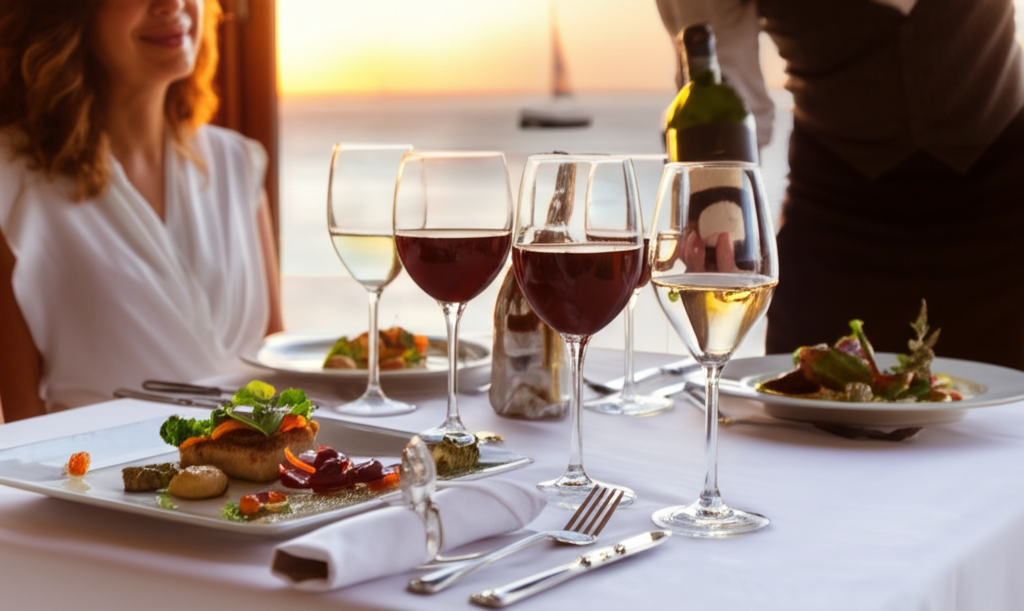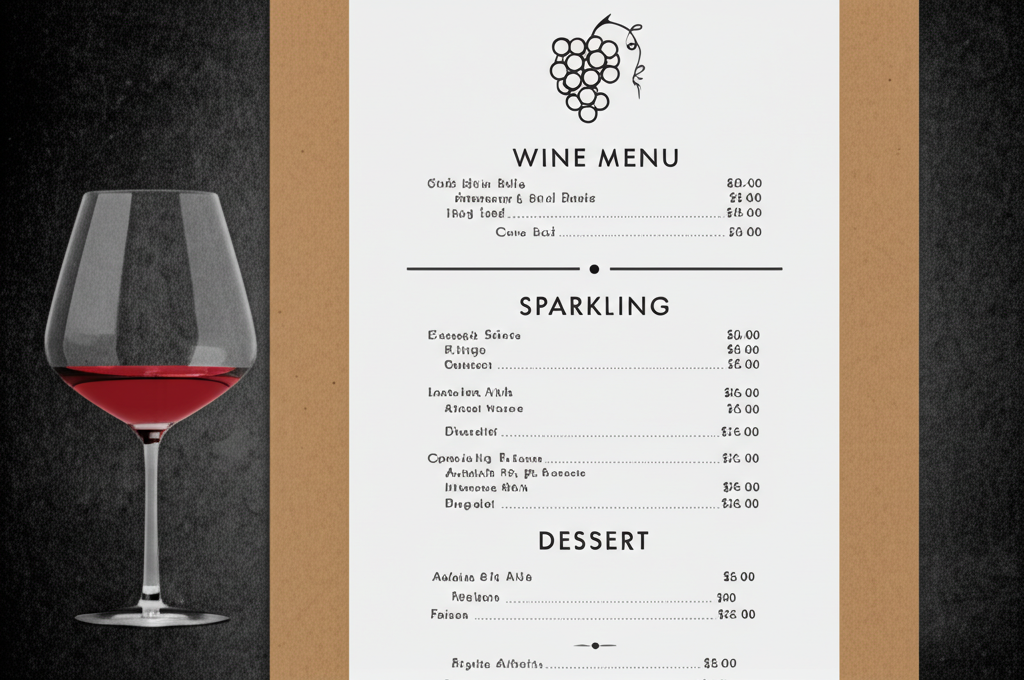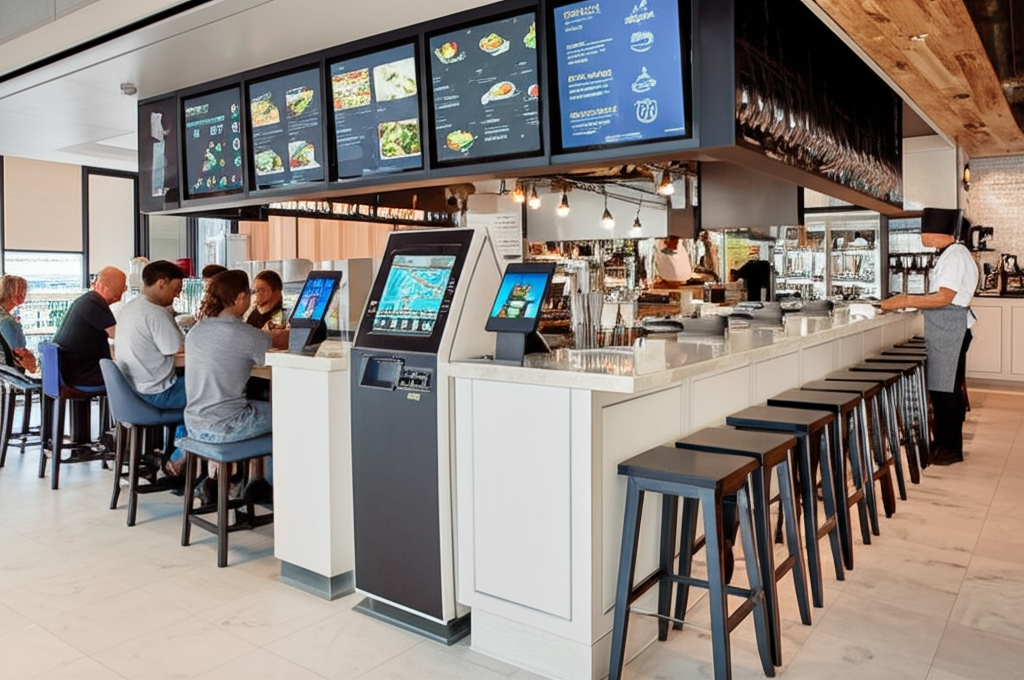Introduction: Moving Beyond Traditional Pairings
For decades, the rules of wine pairing have been treated as gospel in the restaurant industry: red wine with red meat, white wine with fish, and sweet wines with dessert. While these classic pairings exist for good reason, forward-thinking establishments are discovering that breaking these conventions can lead to extraordinary dining experiences—and a significant boost in wine sales.
In this article, we'll explore how pioneering restaurants are reimagining wine pairings, creating memorable moments for guests, and seeing notable improvements to their bottom line. Whether you're a chef-owner looking to elevate your wine program or a beverage director eager to entice new customers, these strategies will help you take your pairings beyond the basics.
The Science Behind Unexpected Pairings
Traditional wine pairing rules often focus on complementing or contrasting a dish's flavors, aromas, and textures. However, emerging research in sensory science reveals that taste perception is influenced by a constellation of factors—chemical compounds, temperature, serving vessel, ambiance, and even background music.
Chemical Interactions: Compounds like tannins in red wine can transform when paired with fatty or umami-heavy dishes. This transformation can bring out unexpected notes in both the wine and the food.
Temperature & Serving Vessel: A slightly chilled red wine can highlight subtle fruit notes that might be lost at room temperature, while the shape of a glass can emphasize certain aromas, influencing how a guest experiences the pairing.
Multisensory Cues: Research suggests that music and atmosphere can alter our perception of sweetness, acidity, and bitterness. A lively soundtrack might heighten the acidity in a crisp white, whereas soft background tunes could mellow out tannins in a bold red.
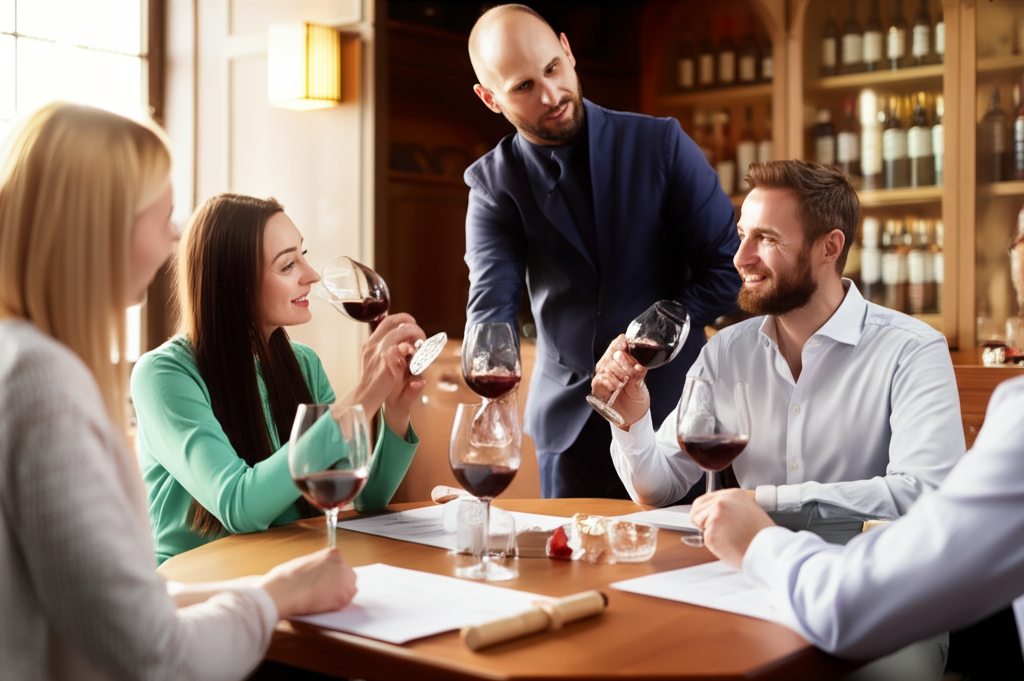
By considering these less-obvious factors, restaurants can create distinctive pairings that challenge expectations and delight guests—driving both repeat business and word-of-mouth buzz.
Expert Insight
"The most exciting wine pairings often come from breaking the rules. I've found that a bold Syrah can be magical with certain seafood dishes, especially when there's a smoky or umami element involved."
Will Douillet's viewpoint underscores the value of stepping outside traditional pairings. He's seen firsthand how daring combinations can capture diners' attention—and boost a restaurant's wine sales—in ways that following established conventions simply can't.
Case Study: How Fermi Restaurant Transformed Their Wine Program
When Chef James Sharman opened Fermi in London, he faced a dual challenge: a sophisticated, ambitious wine list and a clientele that wasn't particularly wine-savvy. Many were intrigued by the menu but hesitant to order pricier bottles or lesser-known varietals.
Key Strategies Fermi Implemented:
- Menu Design for Curiosity: Instead of simply labeling dishes and wines, Fermi's menu included intriguing descriptors that highlighted unexpected pairings (e.g., "Aromas of cocoa and toasted chestnut—pairs beautifully with our miso-marinated cod").
- Staff Training & Storytelling: Chef Sharman's team received focused training on how to describe wine with passion and context. They learned to narrate a wine's origin and flavor profile in a way that resonated with guests.
- Creative Tasting Flights: The restaurant offered small pours of unorthodox pairings—like a bold Syrah with a lightly smoked seafood dish—encouraging guests to "taste the difference" side-by-side with more traditional options.
- Customer Education: Table tents and short, friendly notes on the menu explained why certain pairings defied standard rules and invited diners to explore.
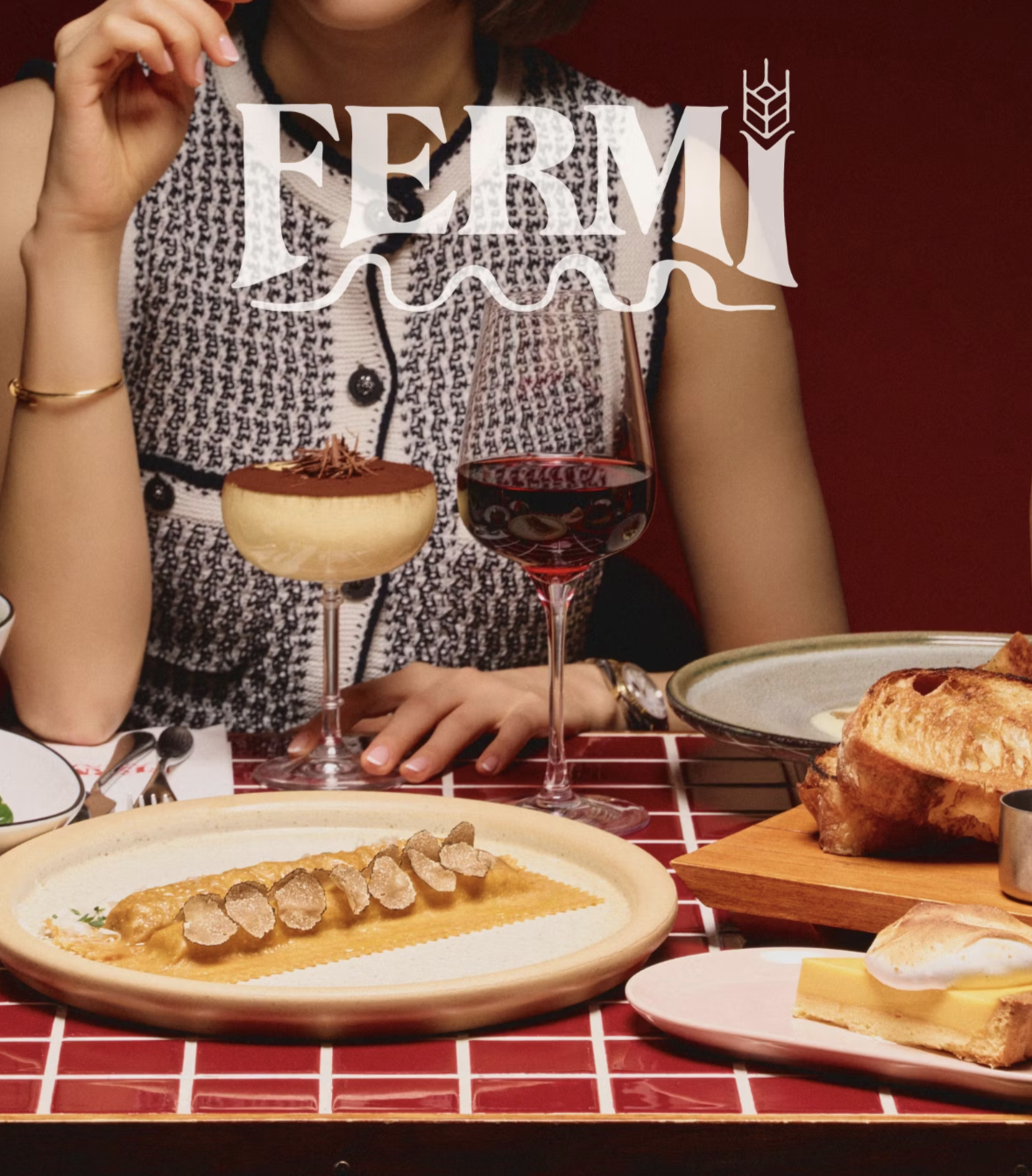
Within six months, Fermi saw a threefold increase in wine sales, largely fueled by the enthusiasm and curiosity these pairings generated.
"We encouraged guests to sample wines they wouldn't normally consider. The staff's storytelling made all the difference."
Five Strategies for Creating Memorable Wine Pairings
Below are five strategies that can help you reimagine your wine program and wow your guests. Each is followed by a short explanation so you can easily integrate these ideas into your own approach.
1. Focus on Regional Connections
Why it works: Wines and foods from the same region tend to share complementary flavor profiles and culinary heritage, resulting in a natural harmony—even if the pairing breaks a classic rule.
How to apply: Consider featuring a rustic Italian Sangiovese with a local Tuscan cheese board. Even if the intensity of flavors is higher than the traditional red-meat pairing suggests, the regional affinity often creates an immediate sense of cohesion on the palate.
2. Consider the Preparation Method
Why it matters: The cooking technique (e.g., grilling vs. poaching) can change a dish's dominant flavor profile more than the main ingredient itself.
How to apply: Grilled tuna with char marks might pair surprisingly well with an earthy red—like a lighter-style Barbera—because the smoky tones in the dish harmonize with the wine's natural acidity and subtle fruit character.
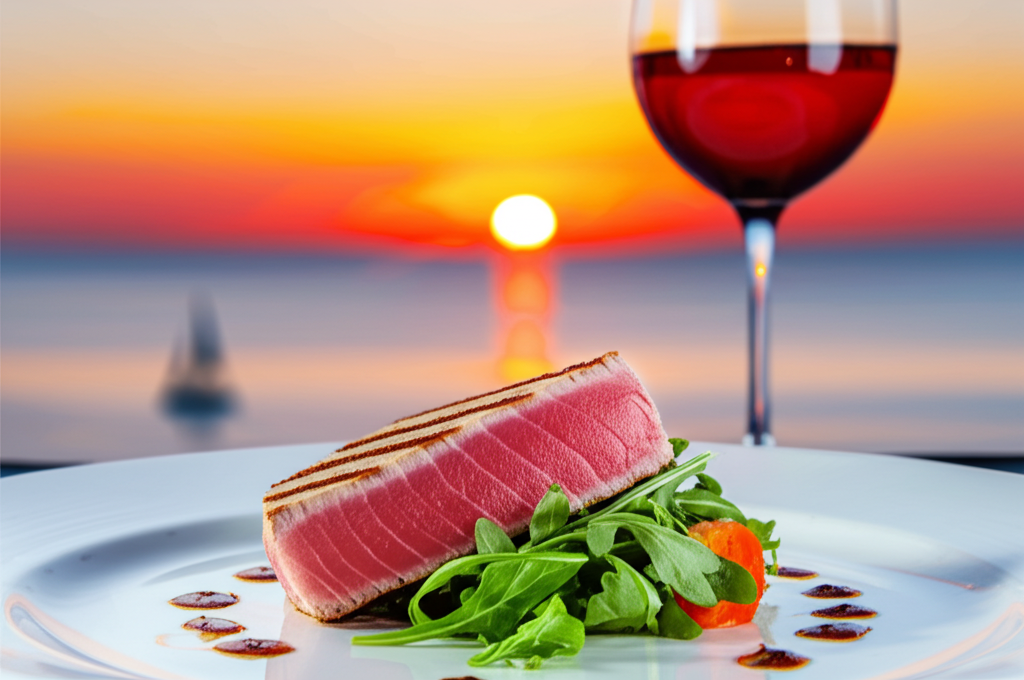
3. Create Contrast Through Texture
Why it delights: A high-acid wine can cut through the richness of creamy sauces or fatty meats, while velvety reds can soften the edges of crisp or tart foods.
How to apply: Pair a buttery lobster dish with a bright, mineral-driven Chardonnay that refreshes the palate between bites. The contrast can turn a good meal into a memorable dining event.
4. Tell a Compelling Story
Why it resonates: Guests love learning about the people, places, and cultures behind a wine. A narrative transforms a simple pairing into an experience.
How to apply: Instead of just saying a wine is "full-bodied," share that it's made by a family vineyard that's been passed down for generations. This emotional hook often makes the pairing more meaningful, leading to higher guest satisfaction (and better sales).
5. Offer Unexpected Options
Why it increases sales: Presenting both a "classic pairing" and an "adventurous pairing" gives guests a sense of security, while also tempting them to try something new.
How to apply: Serve a conventional Cabernet Sauvignon with steak, but also propose a juicy, spicy Garnacha. Diners might discover a new favorite—and you'll stand out as an establishment that celebrates experimentation.
Technology's Role in Modern Wine Pairing
Digital tools are reshaping how restaurants conceive and present wine pairings. Instead of relying solely on a sommelier's memory or time-tested guidelines, modern solutions can analyze your entire wine inventory, highlight profitable bottles, and tailor pairing suggestions to specific dishes.
How Sommly Can Help
- AI-Powered Pairings: Sommly uses advanced algorithms and expert feedback to recommend pairings based on flavor profiles, preparation methods, and the restaurant's wine inventory.
- Interactive Digital Menus: By making pairings visible on tablets or QR-based wine lists, guests can learn about each wine's story and the exact dish it complements best.
- Staff Training & Education: Sommly provides bite-sized modules that empower front-of-house teams to present new wine experiences with confidence.
- Performance Analytics: Restaurants can track which pairings drive the most sales, adjusting offerings in near-real time to capitalize on customer preferences.

Conclusion: The Future of Wine Pairing
As consumer tastes evolve and technology continues to advance, the art of wine pairing will keep transforming. Restaurants that embrace creativity, storytelling, and personalization are not only better positioned to boost wine sales but also to build deep, lasting connections with their guests.
By moving beyond the basics and exploring the vast possibilities of unconventional pairings, you can turn wine from a simple beverage choice into a vibrant part of your restaurant's identity—and a strong driver of revenue. Whether you're a chef-owner, beverage director, or a curious diner, there's never been a better time to reimagine what's possible when it comes to pairing food and wine.
Ready to grow your restaurant's wine revenue?
Discover how Sommly can help you increase wine sales, enhance guest satisfaction, and boost your bottom line with our expert-backed solutions.
Book a DemoAbout Sommly:
Sommly combines expert sommelier knowledge with cutting-edge AI to create a seamless wine experience for restaurants. From curated pairings and menu redesigns to staff training and interactive digital wine lists, Sommly helps establishments increase wine sales, improve guest satisfaction, and stand out in a competitive market.


